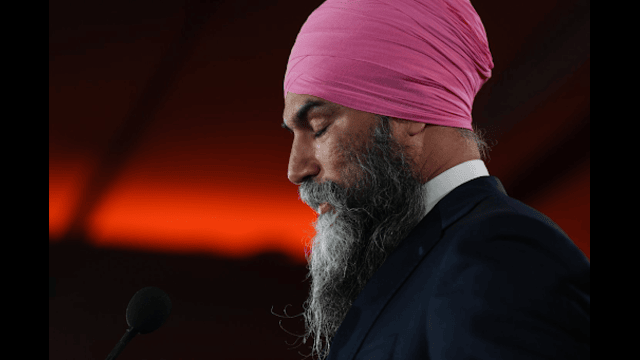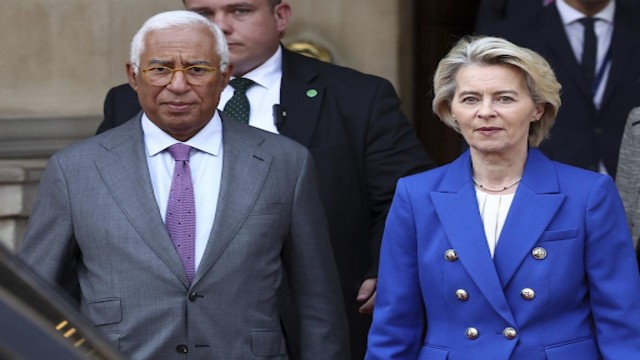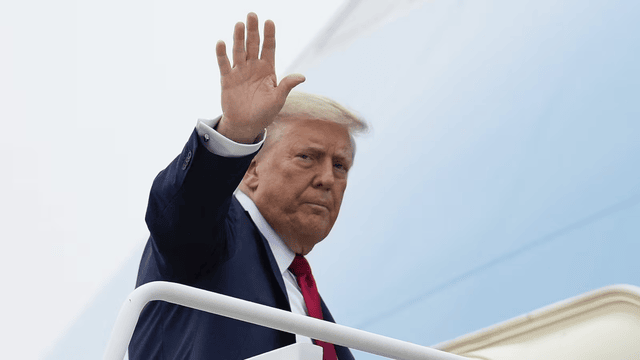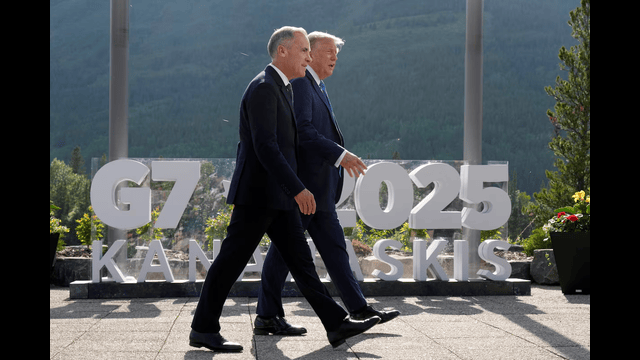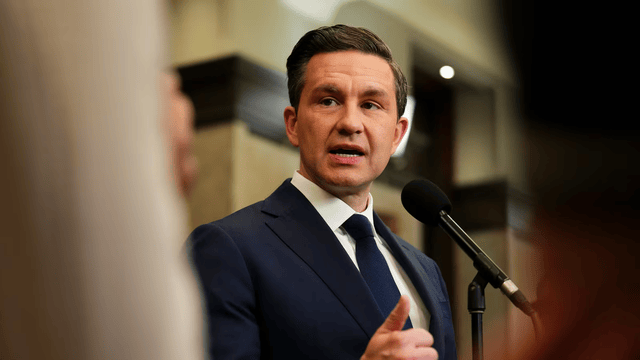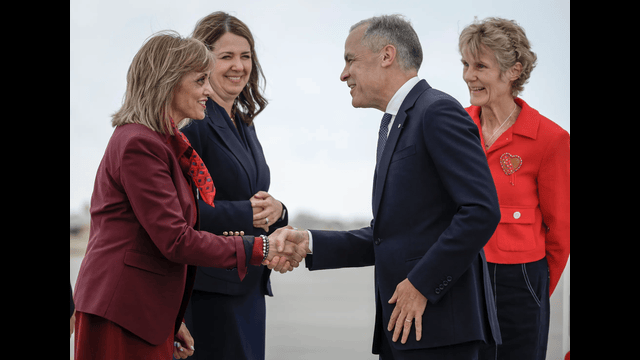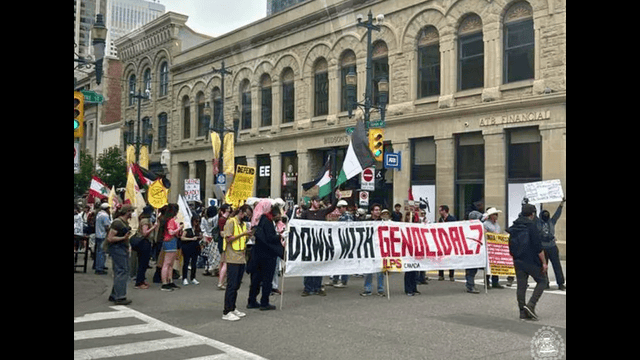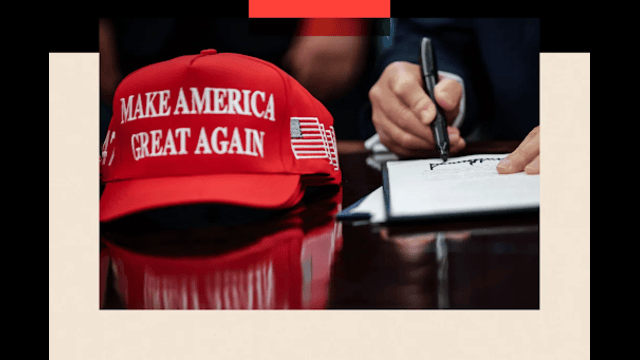
Donald Trump’s moves have frustrated and worried US representatives at the IMF, leaving many confused about the path ahead.
In a journey across North America, from Arizona to Washington D.C. and then Canada, the signs of an uncertain global economy are clear. A short nine-minute walk from the White House to the IMF headquarters shows two very different worlds colliding — one shaped by President Trump's tough tariff threats and another desperately trying to pick up the pieces.
At the IMF meetings, finance leaders from around the globe voiced their frustration toward the U.S., concerned that Trump's new tariffs could send the world economy spiralling into a fresh crisis. East Asian countries, many longtime U.S. allies, were particularly upset. Japan's Finance Minister, Katsunobu Kato, called the tariffs "highly disappointing," warning they could hurt growth and unsettle markets.
Meanwhile, behind closed doors, quiet shifts were happening. U.S. Treasury Secretary Scott Bessent appeared to be softening Washington's hardline approach. Talks about offering China a "beautiful rebalancing" deal surfaced, signalling a possible retreat from the aggressive stance.
Despite hopes for a high-level meeting between Bessent and China's finance leaders, no talks took place. Still, many officials believe the U.S. is slowly backing away from its tariff threats, especially as big retailers like Walmart and Target privately warn the White House about looming product shortages if trade tensions continue.
A sharp drop in container traffic from China to Los Angeles, visible even from space, highlights the real-world impact of these disputes. Though Washington denies it, global finance experts are watching the slowdown closely.
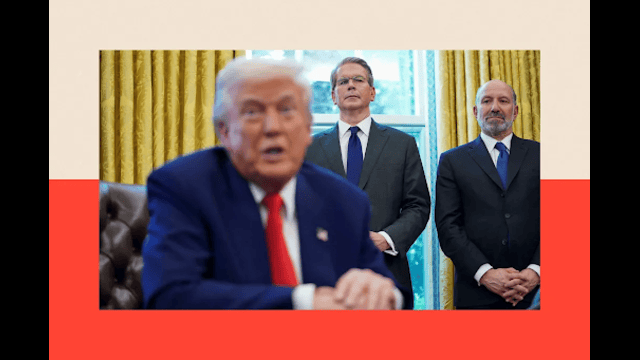
Interestingly, much of the calming effect came from behind-the-scenes manoeuvres at the White House. Reports suggest that Bessent managed to redirect Trump's focus only after a fake meeting distracted Peter Navarro, a strong tariff supporter. Wall Street insiders have even suggested that firing Navarro might be the only way to restore market stability — a move Trump is unlikely to make.
The drama unfolding inside the Trump administration feels almost like a political novel, where every decision carries huge global consequences. Central banks are now even considering worst-case scenarios, like the U.S. using its control over the dollar to pressure allies.
While many global officials are trying to stay calm, uncertainty hangs thick in the air. It’s still unclear whether the planned "baseline" 10% tariff will stay or go, with conflicting messages from different U.S. departments. As one G7 leader put it, "It depends on the day and who you talk to."
For the UK, these tariffs pose a serious problem, threatening exports like cars and medicines. However, Britain seems to be leaning more toward deepening ties with Europe rather than focusing solely on the U.S., a shift acknowledged by Chancellor Rachel Reeves during a candid conversation in Washington.
One silver lining is that despite all the chaos, the U.S. confirmed it would stay involved with the World Bank and the IMF, reassuring many. Yet, questions remain about whether the U.S. plans to unite its allies in a larger economic battle against China — a move that, so far, seems to have only isolated friends instead.



